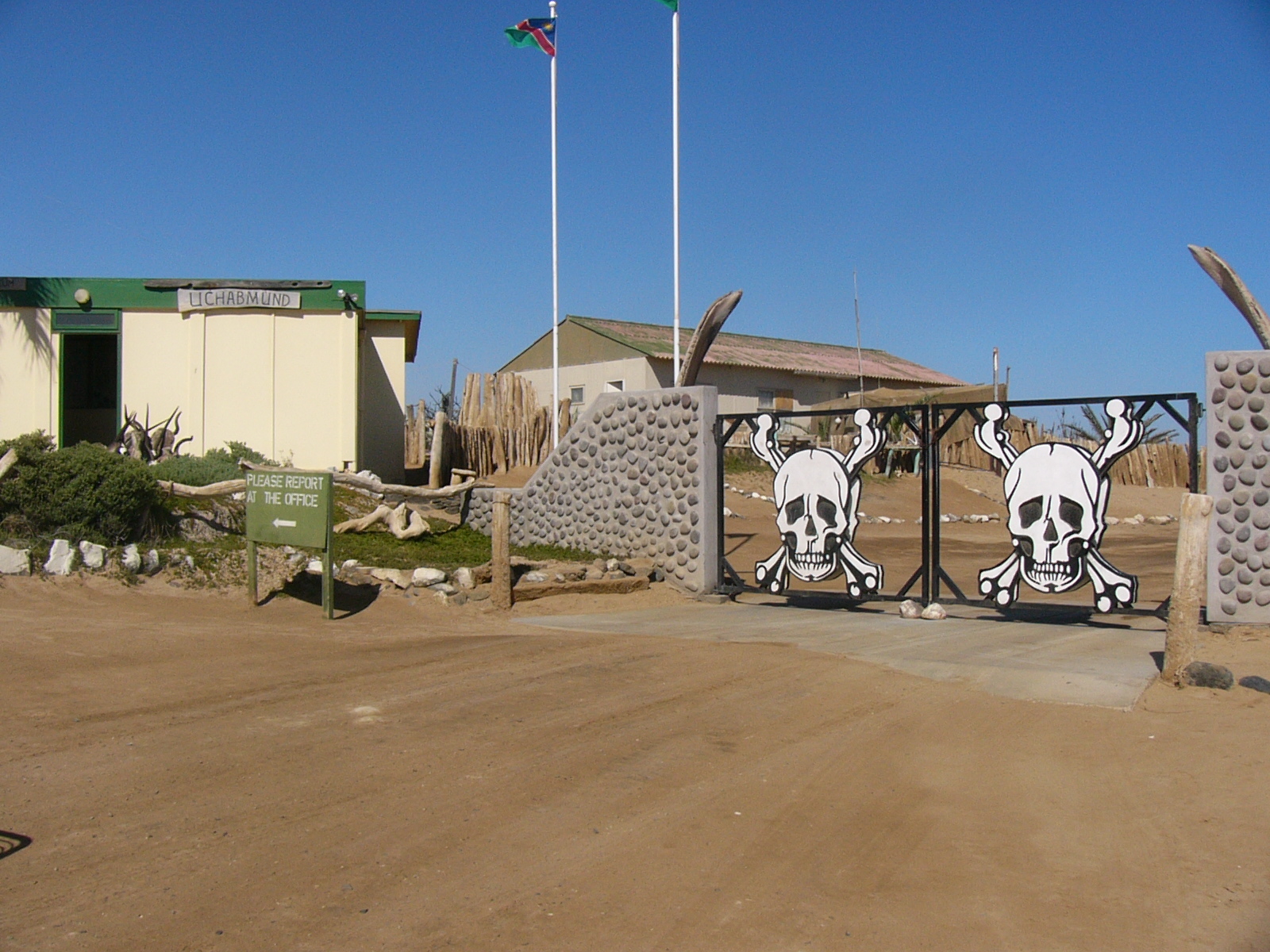
16 Feb Namibia — German Castle in the Namib
Heading west through the Kalahari the country becomes ever more parched. The thorn bushes give out and so does the pavement, until you’re in the Namib, one of the driest places on Earth: packed dirt, scorching mountains and desiccated straw where grass might have been at one time. But that time could be a long time ago, the Namib hasn’t changed much since the mid-Cretaceous when thirsty dinosaurs searched for water in the same desert you’re driving across. Farther west, even the straw gives out until there’s nothing but dark red dirt littered with potato-size rocks.
You don’t have to believe NASA has been faking Mars photos to get a strange feeling about this part of Namibia. It looks so much like the Red Planet you start to suspect you could find the exact spots Spirit and Opportunity beamed their pictures back to earth.
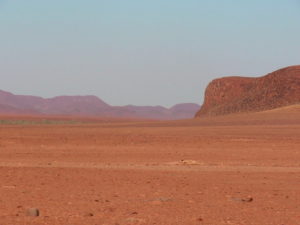
A Very unearth-like landscape
On the third day you really do come to the driest desert on earth. The Skeleton Coast. It’s locked behind a gate emblazoned with skulls and crossbones, as if you’ll die just from passing through.
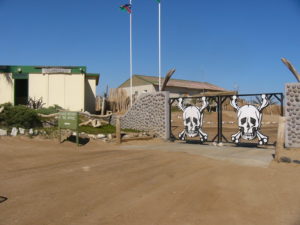
Through these gates lies the driest desert in the world
On the other side, for hundreds of miles as you head south, the Skeleton Coast is sun and drifting sand and the ribs of old sailing ships preserved forever like those Nile-River boats pharaohs got buried with.
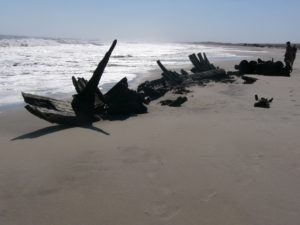
Fit for a pharoah
Every now and then you pass a triangular warning sign. But, instead of the silhouette of a tractor or a deer or, as in lots of other places in Southern Africa, a hippo or an elephant, the only thing inside the triangles are exclamation marks. About as apt a description of what you’re driving past as a highway department could devise.
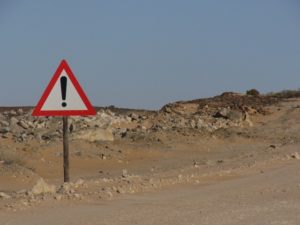
A wonderfully articulate road sign
Then, at one of the most remote places on the planet, you arrive at a Bavarian village, if a Bavarian village would ever have had so many rathskellers sporting Confederate battle flags.
The street signs are in German, as are the advertising signs. The Africans you talk to talk to you in German. The proprietress at the B&B greets you with a cheerful “Guten Morgen” when you come down to breakfast and, at night, sounds from competing Oompah bands spill into the street. The place is called Swakopmund and takes its name from the unfortunately titled Swakop River, “Swakop” meaning “shit” in Oshiwambo and “mund” being German for “mouth.” From the banks of the Shit, the adventurous German can take a break from oompahing and visit the tallest and, most likely, loveliest sand dunes in the world. They’re apricot colored, set off by bare trees at the bottom, are a quarter-of-a-mile high, and haven’t moved for millions of years . . . which makes you wonder what might lie mummified underneath.
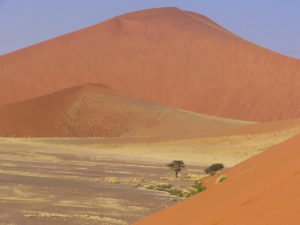
Could be something under there
With all that geography to choose from, you’d think anybody with such a delightfully German name as Baron Captain Hans Heinrich von Wolf would have built his castle nearby. Instead, he searched deep into the Namib for the most inhospitable place in Southern Africa. Baron Capt H H von Wolf was nothing if not thorough, and the Namib nothing but generous to his quest and, by the time he’d finished he’d located the perfect spot: sand and rocks and thorn trees that not only get broiling hot during the day, but very cold at night. Camping at the foot of Duwisib Castle was the only time in all of Africa that the waterline on our Land Rover froze.
Baron Captain Hans Heinrich von Wolf was a no-nonsense military man and, when he was done, his castle was surrounded by a wall with crenellations along the top, arrow slits at ground level for shooting peasants out of, and nothing luxurious inside: just a parade ground for mustering troops, living quarters for the soldiers, and storerooms and armories positioned along the inside of the wall. His wife was American, though, and when it came to her living quarters she must have put her foot down, because the upstairs bedroom was fitted with modern, casement windows.
Authentic as he tried to make his part of the castle, Baron Captain Hans Heinrich von Wolf was not as up-front about his own credentials, at least the Baron part. In Africa, he could promote himself all the way to grand duke if he wanted but, back in the Fatherland, he was just one more army captain who’d served in the colonies. He would have been better off staying in the colonies.
But no German baron, self-promoted or otherwise, could go through life without owning a string of fine German horses, so he and Frau Capt Baron H H von Wolf set sail for Germany to pick up a few. Unfortunately, they did the setting-sail in 1914, Germany had gotten into a war with France and England and Italy and Russia all at the same time, and their ship got diverted to Rio. The missus was still an American and, since Germany hadn’t yet gotten into war with America, she sailed on to Europe without him. He made it to Germany disguised as a woman, hooked back up with the German army and lasted two weeks at the Somme. The widow Baron H H von Wolf never returned to Africa, and her casement windows and the castle just stood there, a forlorn monument to something or other.
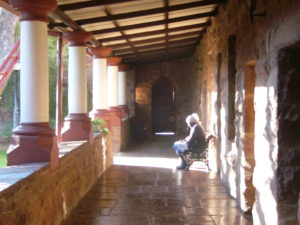
A solitary maid rotates with the sun
After Independence the Namibian government didn’t know what to do with the thing, but it didn’t seem like something they wanted to throw away, so they assigned a lonely maid to spend her days tidying up for guests who never arrive and, mostly, rotating with the sun as the light moves along the corridor facing the armories and storerooms.


No Comments